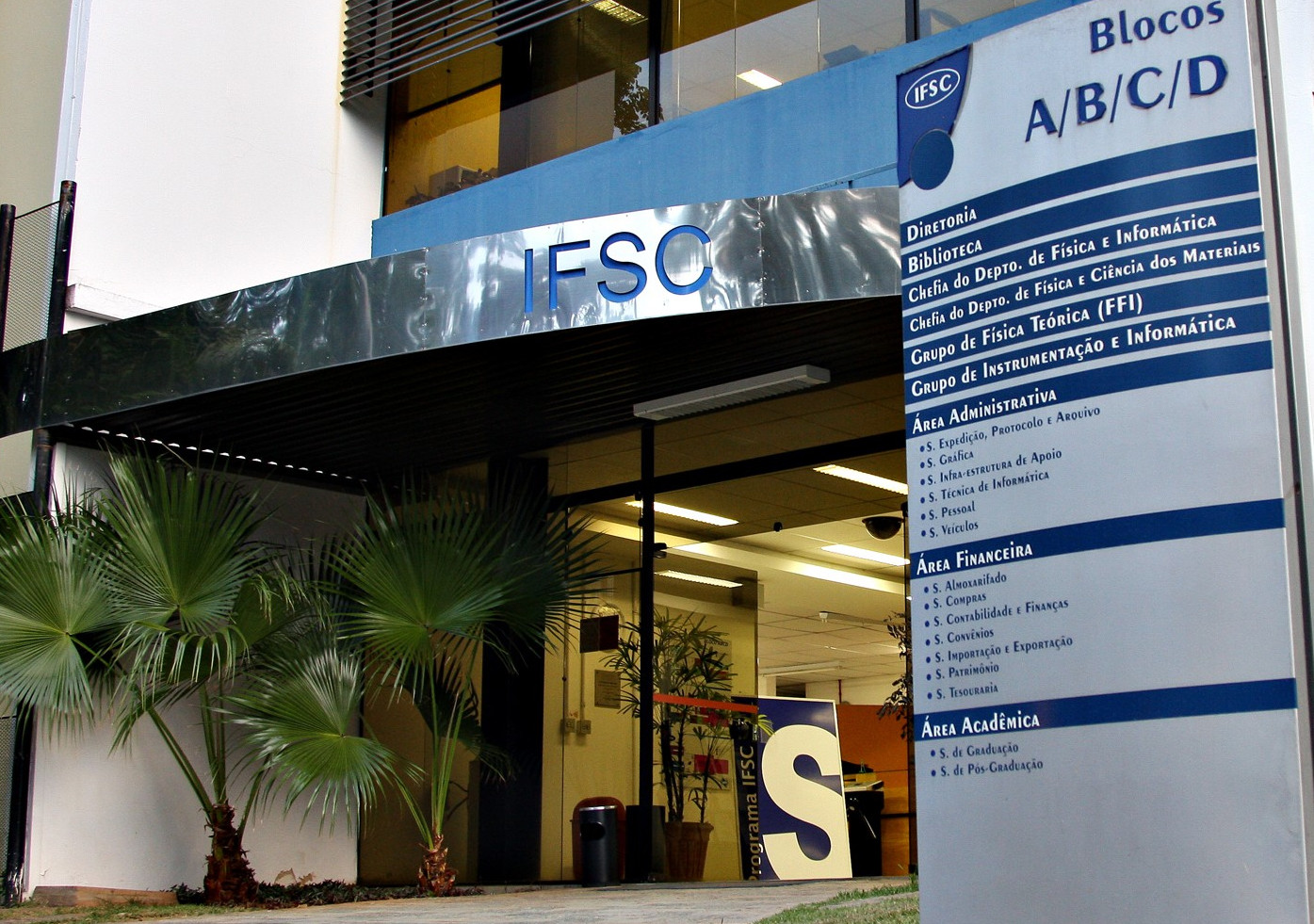Synchrotron Radiation Circular Dichroism (SRCD) spectroscopy is an emerging method in Structural Biology which is enabling many exciting new applications in biology and chemistry. It can provide information on molecular structure and function that is complementary to other methods such as crystallography, electron microscopy, SAXS and NMR spectroscopy, as it enables examination of the secondary and tertiary structures and dynamics of molecules in solution. It has thus far been used to study a variety of proteins, carbohydrates, nucleic acids and nanomaterials in different environments (solutions, hydrated films, membranes, micelles, suspensions, crystallisation conditions, and emulsions).
 SRCD beamlines are now operational at synchrotrons across Europe and Asia (China, Taiwan, Japan, the UK, Denmark, Germany and France) although there are as yet no such beamlines in the Americas.
SRCD beamlines are now operational at synchrotrons across Europe and Asia (China, Taiwan, Japan, the UK, Denmark, Germany and France) although there are as yet no such beamlines in the Americas.
I will describe the advantages of SRCD (as compared to the well-established method of circular dichroism spectroscopy using lab-based instruments) due to the high UV and VUS light flux provided by the synchrotron: collection of data to lower wavelengths (resulting in increased information content), improved signal-to-noise levels (enabling the measurement of subtle static and dynamic changes), measurements in the presence of absorbing components (buffers, salts, lipids, and detergents and under physiological conditions), and fast dynamic measurements for kinetics studies.
I will then discuss examples of the use of SRCD (including collaborative studies we have done with Brazilian investigators) for studying protein structures, macromolecular complex formation, thermal stability, protein folding and unfolding, mutations in proteins associated with disease states, drug binding (including its potential as a drug development screen), and characterisation of natively disordered proteins that do not crystallise.
Hence this talk will describe how SRCD spectroscopy represents a novel physics-based method that can provide important and exciting new static and dynamic structural information for the biological, chemical and material sciences.




